Box, Contents & Bundle
Contrary to the 420mm model, the box has a typical shape. On its face, there is a scheme of the cooler along with its model number and some more data regarding the provided warranty and socket compatibility. Around the back, you will find more details on the product’s technical specifications. A QR code is also on this side, leading to the support and feedback link. You will find two more QR codes on the box’s sides, with one leading to the product’s manual.
The bundle includes mounting hardware, a small thermal paste tube (Arctic MX-6), and a T20 Driver.
As you see in the photos above, the AIO comes with the fans preinstalled and all of their cabling in place, saving you some time during the installation process, which also becomes easier.
Typically, the block hosts the cooling pump and has the necessary circuits to power the VRM fan and its RGB lighting, which is secured magnetically.
The tubes leaving the pump can be easily adjusted at any angle to meet your system’s requirements.
The block’s base is relatively small and made of copper for better heat transfer. This is why AMD’s Threadripper CPUs are not supported.
The radiator is thicker than usual, with a depth of 38mm, but it is not so dense. Hence, it doesn’t require high static pressure fans for optimal performance. The fans can spin up to 2000 RPM, with 48.85 CFM and 1.85 mmAq static pressure. These are the official values; I might remove them and check on the Longwin machine to see if these values stand.
The VRM fan is large, so I expect it to offer good cooling around the CPU socket area. Its speed is PWM controlled, varying from 400 to 2500 RPM. This is an extensive range.
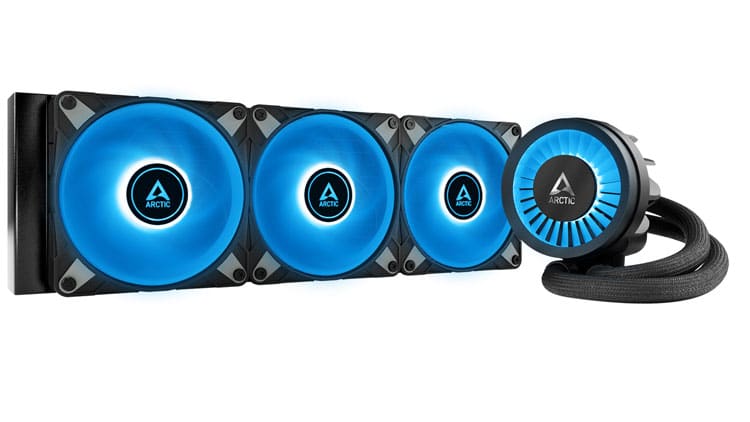
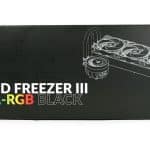
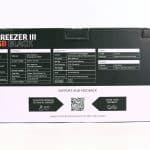

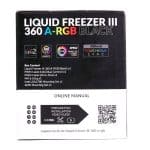

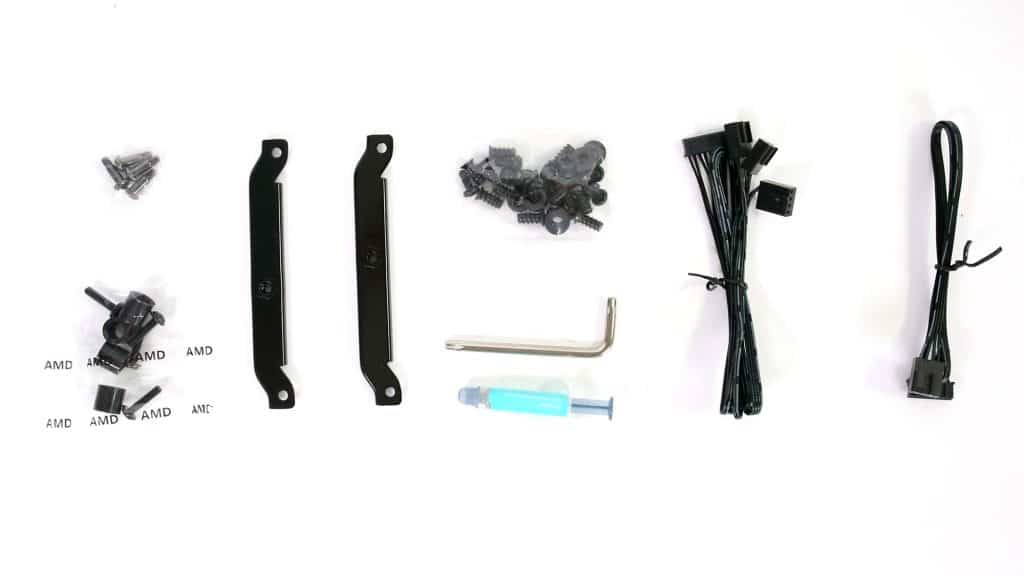

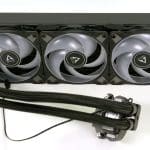
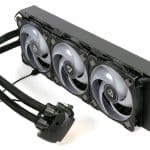
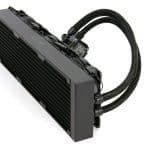


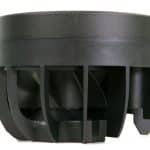

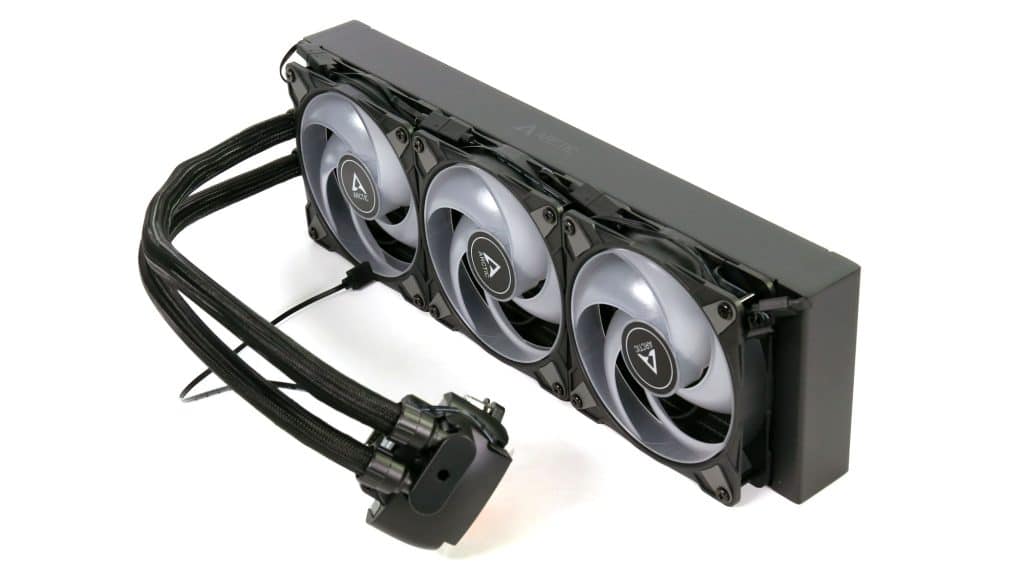
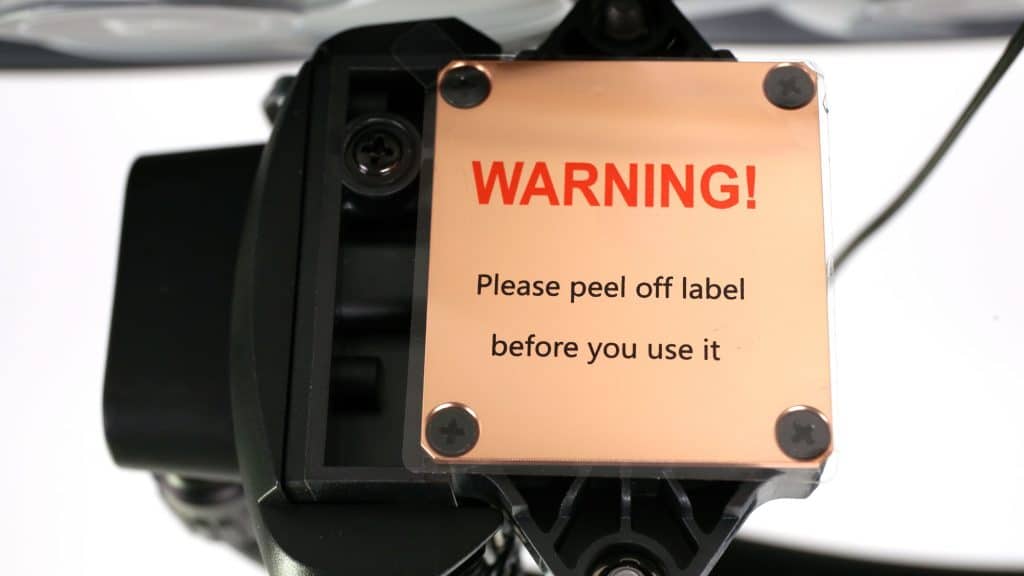


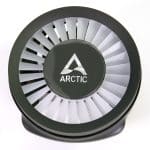
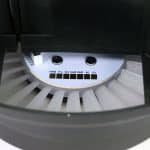
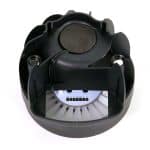
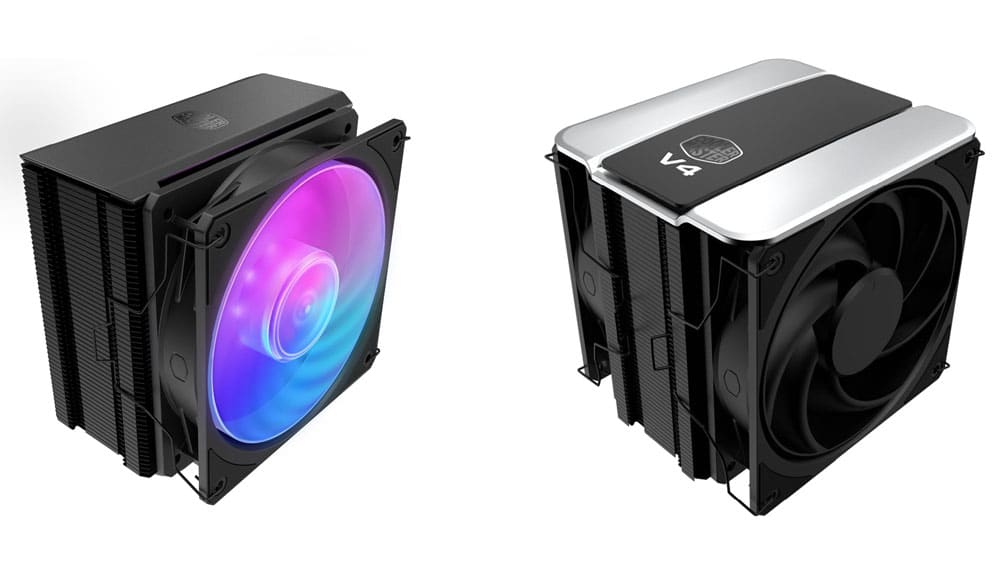

The performance of the 360 is only lower on the LG 1700. It turns out that there is a good chance that the frame pressure provided by Arctica is random.